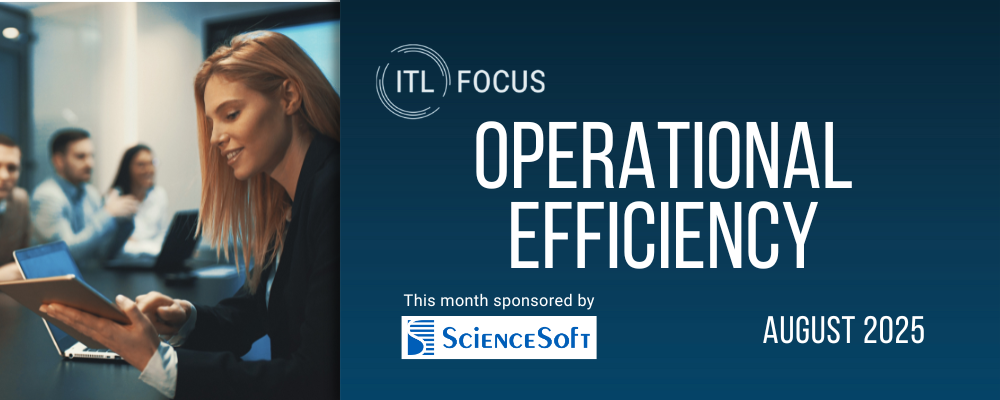Considering the pivotal role played by insurers, all data must be given accurately and all processes compliant. So, insurers must be able to count on the effectiveness and stability of their operations--and robotic process automation can help.
Robotic process automation in insurance refers to the use of software bots to replace rule-based tasks and procedures, including onerous or repetitive manual processes like data input, report production and document updating.
Employees can then concentrate on activities that call for emotional intelligence, logic and creativity. For a distributed workforce and remote operations, RPA, together with artificial intelligence and natural language programming (NLP), are ideal:
- Data can be copied and pasted between programs.
- Information can be removed from emails and other documents, then transferred to a central system.
- Front-end and back-end operations can be synced up.
- Whole workflows can be automated by integrating with legacy systems and rules engines already in place.
- Customer service can be enhanced by automated messaging.
Automation has already been widely accepted by the banking and financial industries. It is high time for insurers to adopt RPA.
Challenges for Insurers
Now, let's look at the major hurdles that complicate the life of insurers:
1. Regulation and Compliance
Many laws and guidelines, including HIPAA privacy regulations, PCI standards and tax laws, must be followed by insurance businesses. The consequences of disobeying are severe fines and punishments.
Moreover, it is difficult for insurers to comply with these laws and regulations because they are frequently updated or altered. As RPA software is rules-based, it can easily comply with regulations. And changes established in one location affect all operations, eliminating the requirement for manual system modifications.
2. Scalability and Innovation
Customers' demands for exceptional experiences and individualized services have increased. Manual procedures, however, obstruct growth and innovation by causing delays and bottlenecks.
By integrating data from several systems at the business process level, RPA bots can automate entire workflows. This makes it possible for smooth information exchange, improved coordination and increased workflow effectiveness. This gives the insurer more room to grow and explore the opportunity for product innovation. Innovative companies have already introduced fresh goods and services, including interactive consumer portals, on-demand quotations and policy management apps.
Agility is essential for organizations undergoing digital transformation to adapt to a business and technological environment that is changing quickly. It is more important than ever to deliver on and surpass organizational expectations using a solid digital mindset supported by innovation.
3. Customer Experience
A poor client experience can damage a company's reputation. Sadly, clients today do not excuse agents for a "poor day" or a "sick leave." In the age of mobile insurance, consumers are constantly searching for the ideal solution with the highest level of loyalty, dependability and transparency.
Because RPA automates tedious processes, people can personalize and improve the customer experience, while producing a more contented workforce.
See also: The 5 Top Trends in AI and RPA
4. Cumbersome Data Management
RPA improves the efficiency of data operations, not to mention making them quicker and error-free. A McKinsey study found that RPA for insurance may bring down the data processing time by 34%.
The processing of data is ultimately far more effective, and less bored employees can engage in complex activities and be more productive.
5. Cutting Cost & Errors
According to research by Capgemini, RPA can enhance productivity in insurance companies by at least 50% and reduce turnaround times for services by 80%.
The bots reliably identify risks, identify even the smallest mistakes in data reconciliation and insurance periods, verify claims, run background checks automatically and perform claim verification. Companies are exempt from fines because the bots update compliance policies on a regular basis.
Insurance Industry Seals Operational Excellence with RPA
A sizable number of large and mid-sized insurance companies still need to transform their existing systems to achieve superior customer experience and operational excellence, even though leading insurers have already implemented automation solutions across HR, finance, IT and other departments.






